The most powerful solar storm in more than 20 years struck Earth Friday triggering breathtaking celestial shows of the Northern Lights, also known as Aurora borealis, around the globe.
Why it matters: Extreme G5 geomagnetic conditions were observed reaching the Earth for the first time since 2003, National Oceanic and Atmospheric Administration's Space Weather Prediction Center said.
- The storm has the potential to disrupt communications, the electric power grid, and navigation, radio and satellite operations.
Northern Lights forecast 2024
Driving the news: The Space Weather Prediction Center said Saturday that the "threat of additional strong flares" and Coronal Mass Ejections (CMEs) "will remain until the large and magnetically complex sunspot cluster (NOAA region 3664) rotates out of view over the next several days."
- There have been some "reports of power grid irregularities and degradation to high-frequency communications and GPS," the center said Saturday.
- NOAA also said there have been reports of more X-class solar flares from a sunspot cluster that has been "responsible for much of the geomagnetic storming and associated events over the past few days."
What we're watching: "Overnight, aurora were visible across much of the United States," the center said in its Saturday forecast. "Weather permitting, they may be visible again tonight."
Aurora borealis in photos
The big picture: Photos from around the world show beautiful and bright sky with pink, purple, green and other colors from auroras.
- The views are usually seen in high latitudes but were visible farther south because of the strong solar storm.
- #Auroraborealis and #geomagneticstorm were trending early Saturday on X.
Context: In the Southern Hemisphere, it's known as the Southern Lights or Aurora australis.
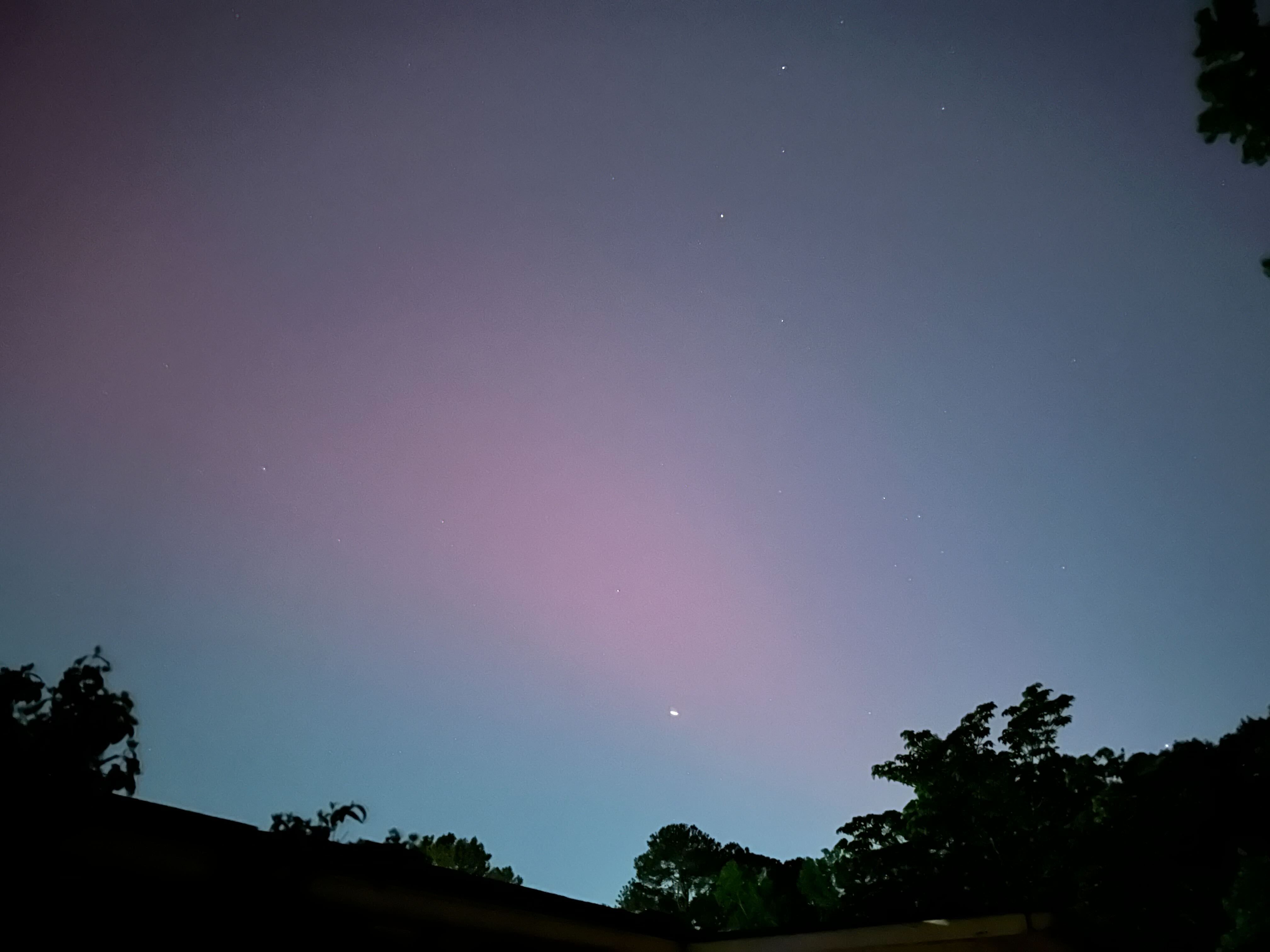
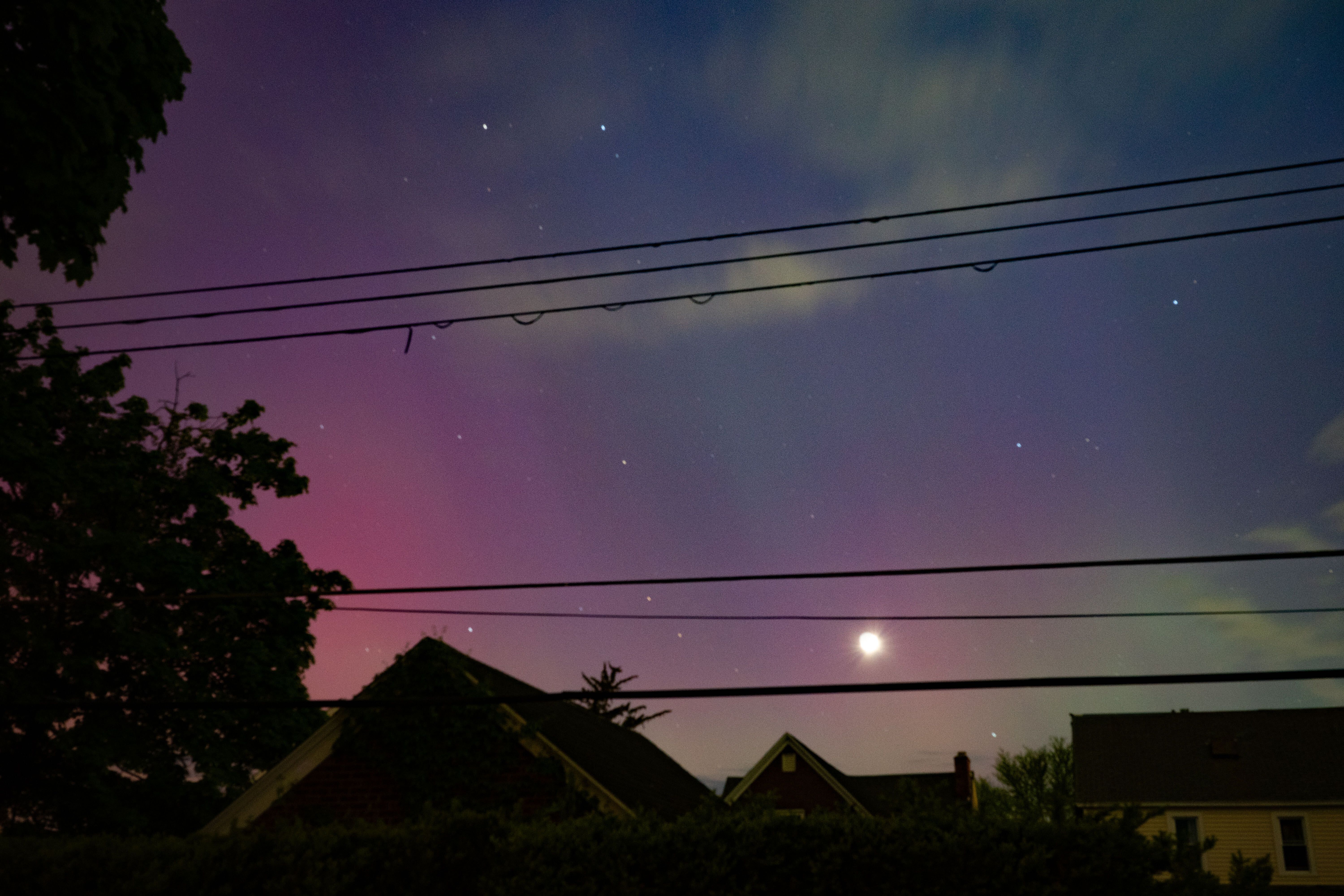
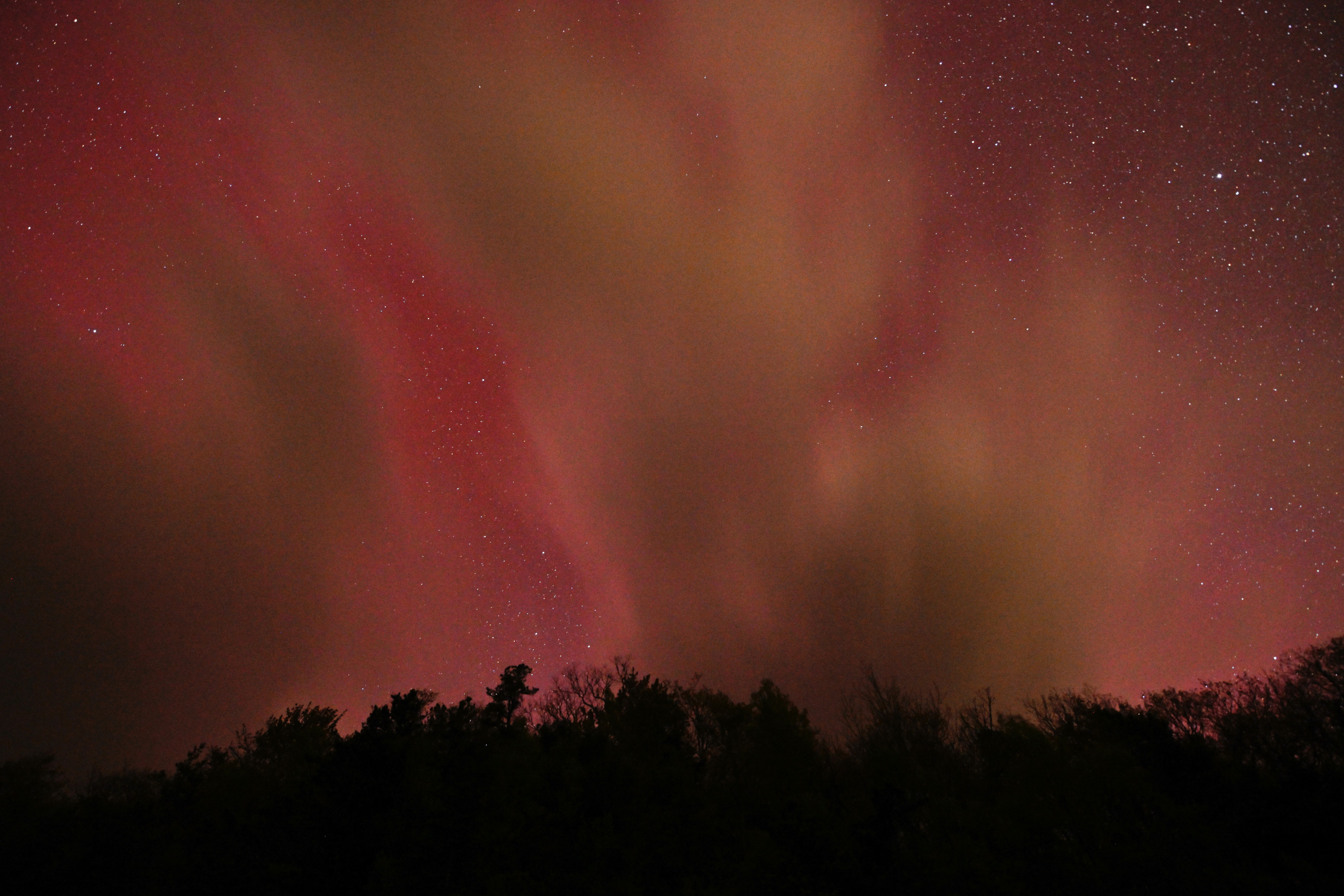
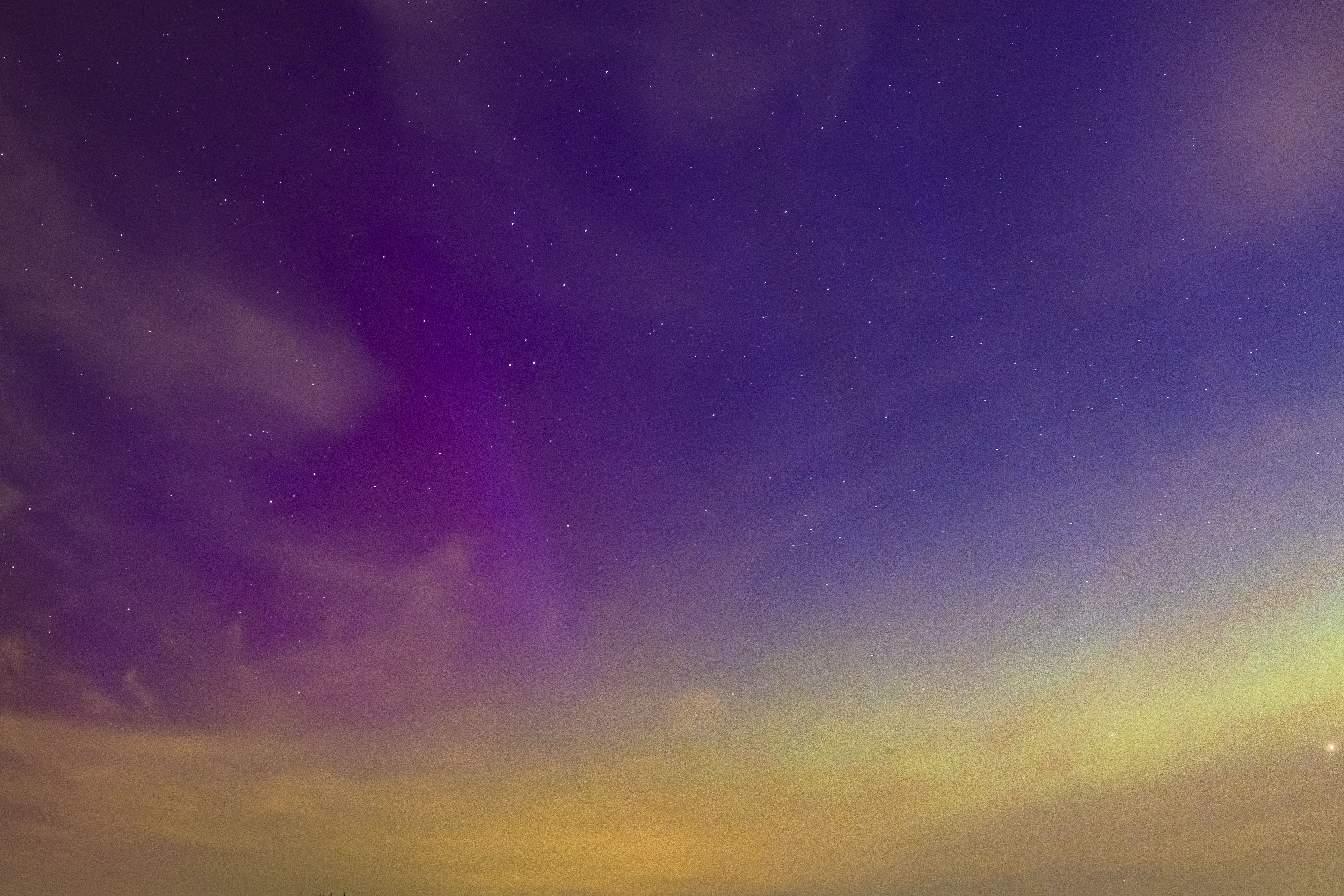
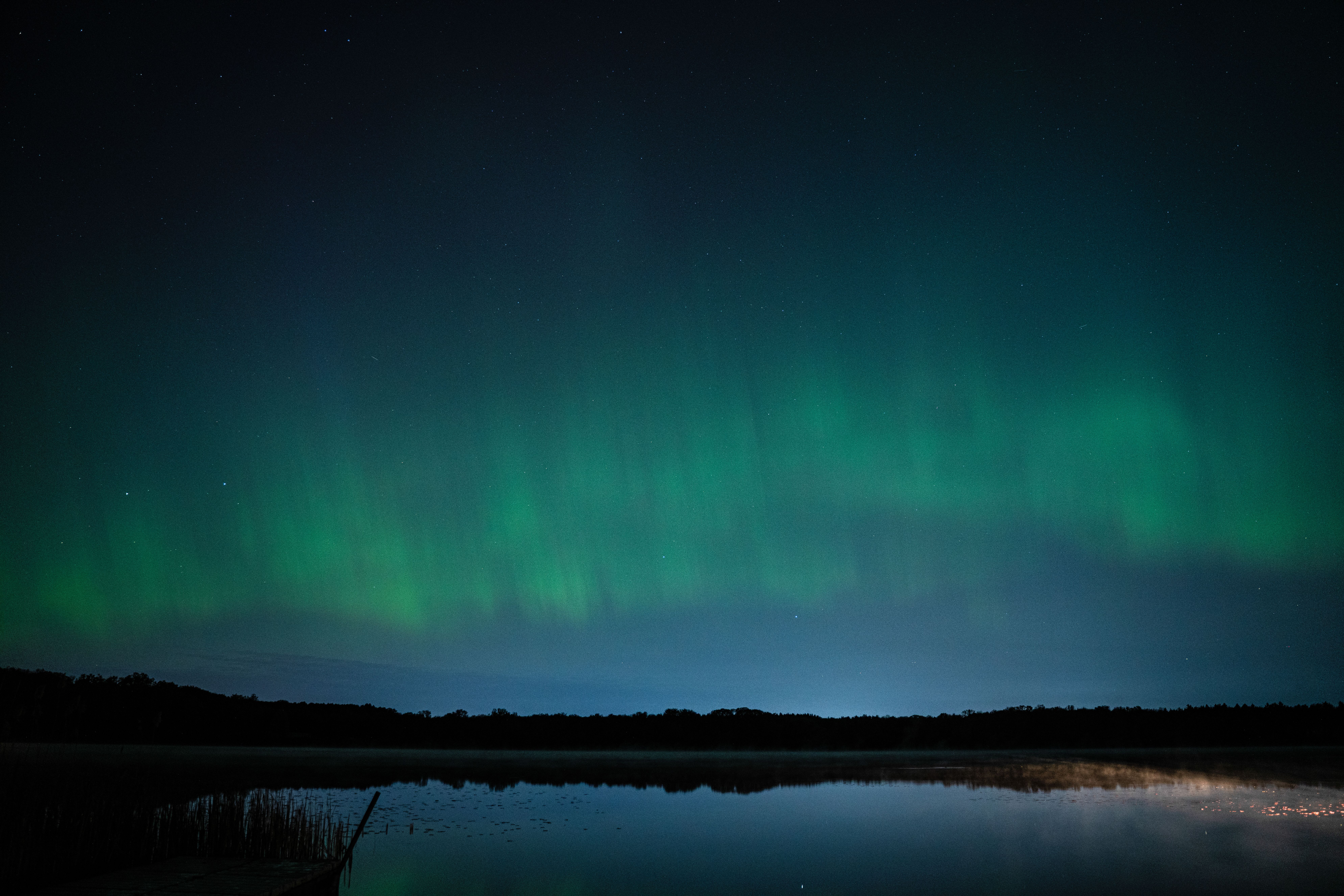

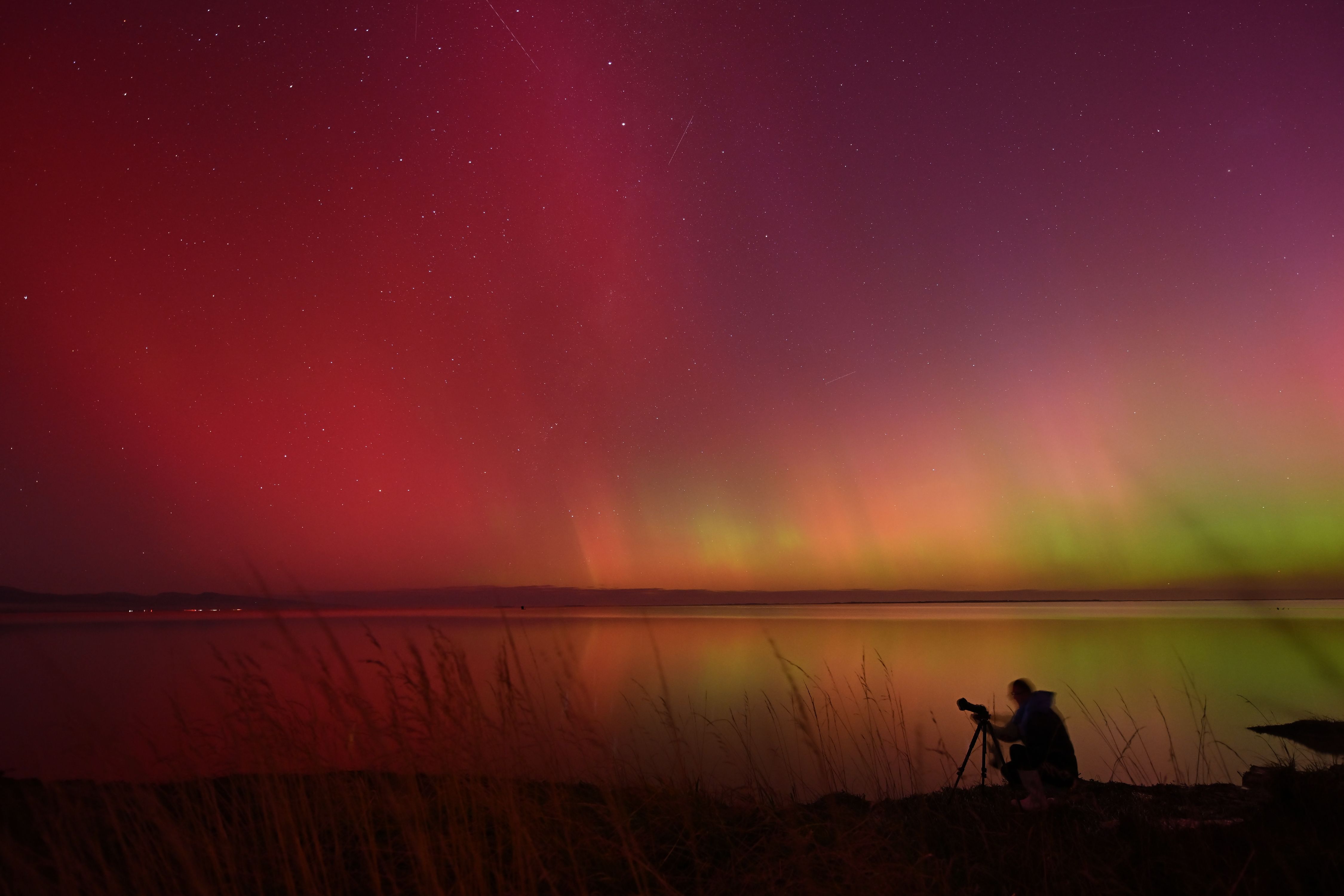
Go deeper: How to see the Northern Lights in the U.S. this weekend
Editor's note: This story was updated with an updated forecast Saturday and additional photo.







